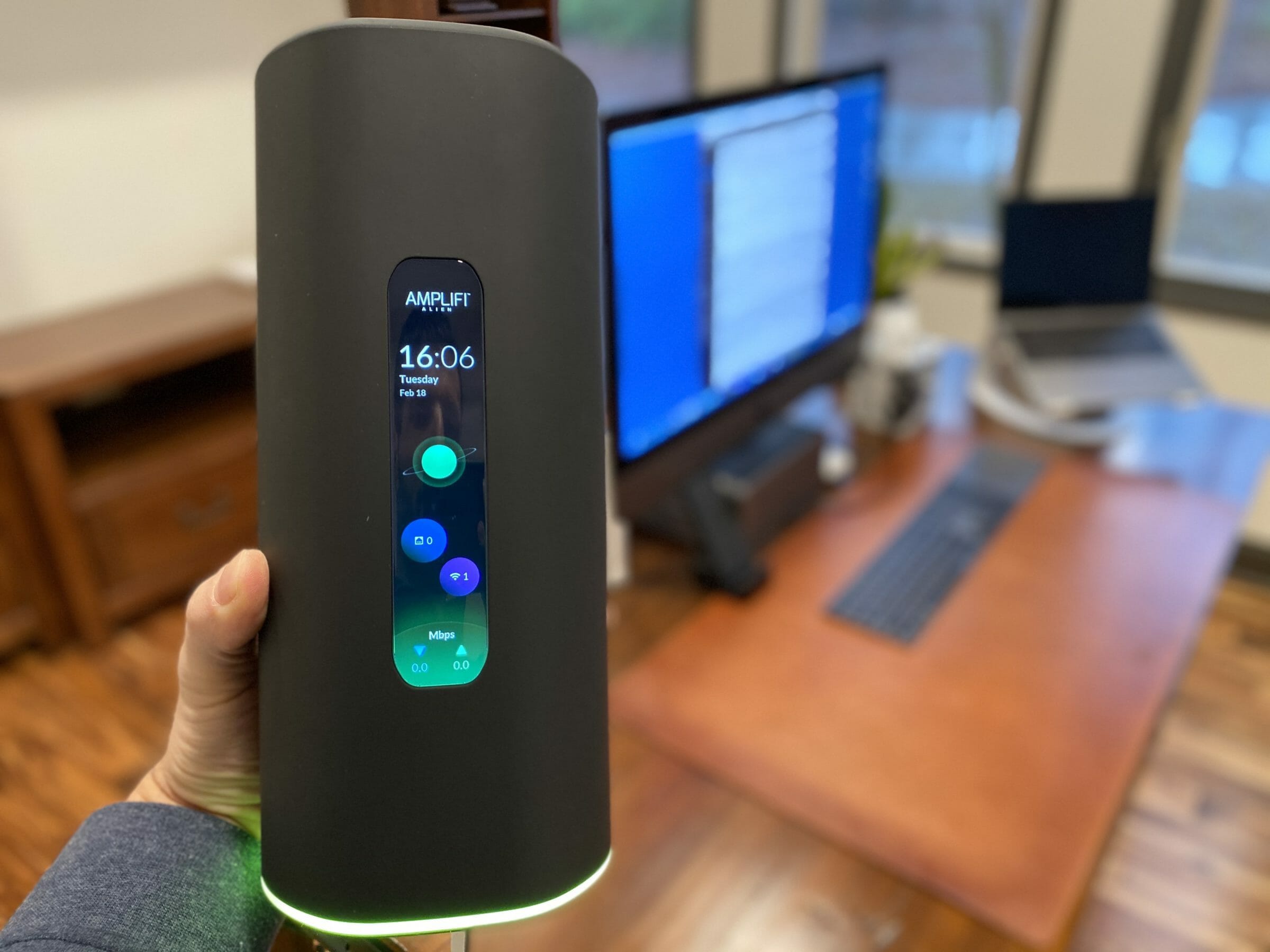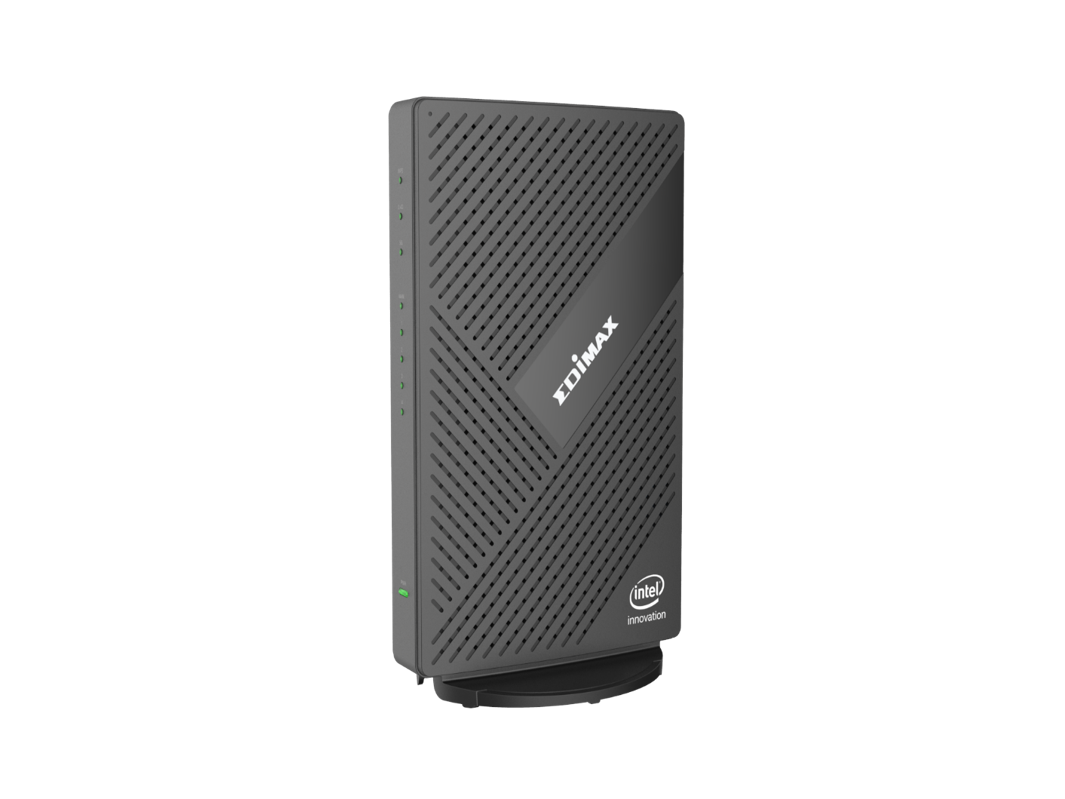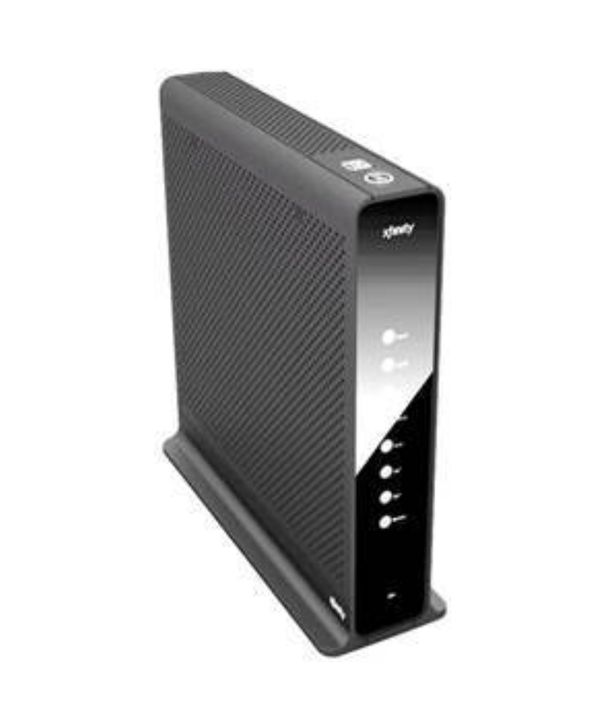
They are a wonderful value at this price, however I would also consider the Xiaomi Router AX6S/AX3200 which is about the same cost but have faster wireless support.

This has worked great to separate my work devices, my personal devices, IoT devices, etc. I have 4 internal VLANs and corresponding SSIDs. I can't speak to the performance of the router functions, however they are great for my purposes. I'm using them as APs with a OpnSense router. Shared 1GBe port would definitely be a bottleneck sometimes but the whole setup sounds plausible. Router on the stick actually sound very convincing. Here you could just add a stupidly cheap smart switch not nearly as tidy as you see sitting in the background Jeff Geerling's Pi NAS build mentioned the same issue You need to build a case for the whole mess while antennas should be very exposed. That card in Jeff Geerling's article is only 2× MIMO and probably 12-18 dBm while Unifi 6 is 4× MIMO and 26 dBm. PCI WiFi cards are usually worse than dedicated devices. No even need for RasPi I have an unused Gigabyte GA-N3160TN around - low power, with proper PCIe slot, and dual gigabit ethernet. NAS access can use 2-3 Gbit of throughput (limited by 1Gbit Ethernet until I migrate to 2.5GBE) Wireless VR over WiFi values every ms of latency
WIFI 6 ROUTER FULL
What's your end goal? Just has full Wifi 6 no matter how? But again that depends on your end goal which seems to be geared more to having fast wifi. Only downside here is of course that you have to have both the WAN and all LAN interfaces on the switch so traffic coming in from the WAN interface to the router has to squeeze past traffic going out to the LAN interfaces effectively halving your top possible internet speed for wired devices. In our house for example we have multiple TP-Link TL-SG108E that work very well with multiple 802.11q VLANs and cost a mere 26€ per device. And it's absolutely no problem to recreate this with a device that has a single ethernet port that is attached to a smart switch. The SoC in a router is usually only connected to one port of the internal switch and if different external ports need to perform different functions then all you need is a basic understanding of VLANs. Here you could just add a stupidly cheap smart switch. Ubiquiti UniFi 6 Lite / LR: Single ethernet port so can't be really used as a router.
WIFI 6 ROUTER HOW TO
I can't say that I would know how to port this over to OpenWrt, but you can use a normal PCI-E wifi card with the raspberry pi compute module 4 and get good speeds out of it: What's your end goal? Just has full Wifi 6 no matter how? Needs to be a complete device you don't have to build yourself? Needs to be cheap-ish? Needs to not consume power like a microwave? Until we get chips that we can actually work with, there isn't much to be done.īut I DO understand why someone might be chomping at the bit to get support, even if they don't strictly NEED faster than ac speeds.

You can get an Intel based card for like.$6-15.īut, I also realize that support for the chips needs to come from somewhere. Even if your TVs, Xboxs, Phones, and other devices are still stuck using 802.11ac, having your laptop(s) take advantage of the new features can make the older devices work better.Įven when WiFi6 routers were just coming out and in the $500-600 range, the cards themselves were cheap and readily available. There are a LOT of clever little things implemented that go a long way to making everything much smoother.

Routers are expensive-ish, and getting 6 years from one is better than getting 4.Ĩ02.11ax isn't JUST about MOAR SPEEED. Most people who have aging routers don't really want to buy new stuff from last generation. WiFi6 has been out for several years now.

Most people don't buy new routers every 1-2 years.
WIFI 6 ROUTER INSTALL
Don't want to go with Belkin because I need to be able to install extra packages. Or: Screw WiFi, get an uncompromised OpenWRT router + proprietary WiFi 6 AP (and lose the centralised network management) It usually turns out to be an old unsupported locked down OpenWRT version Or: A router with OpenWRT pre-installed by vendor, like GL-inet Flint. Xiaomi AX3200 / AX6S: snapshot build, no USB, complicated flashing, ? TP-Link EAP615-Wall v1: snapshot build, no USB, 802.3at PoE, ? Tenbay T-MB5EU: Weird vendor, snapshot build (see above) TOTOLINK X5000R: Low on RAM and ROM, no USB but looked like a good option. No USB so you can't even add an USB Ethernet port. Ubiquiti UniFi 6 Lite / LR: Single ethernet port so can't be really used as a router you need a managed switch and VLANs to use it as a router. This question gets asked every few weeks, but there's still no good answer.īelkin RT3200 / Linksys E8450: Only supported in snapshot build => high chances of bugs, no support, effectively a custom kernel so you won't be able to install extra packages.


 0 kommentar(er)
0 kommentar(er)
